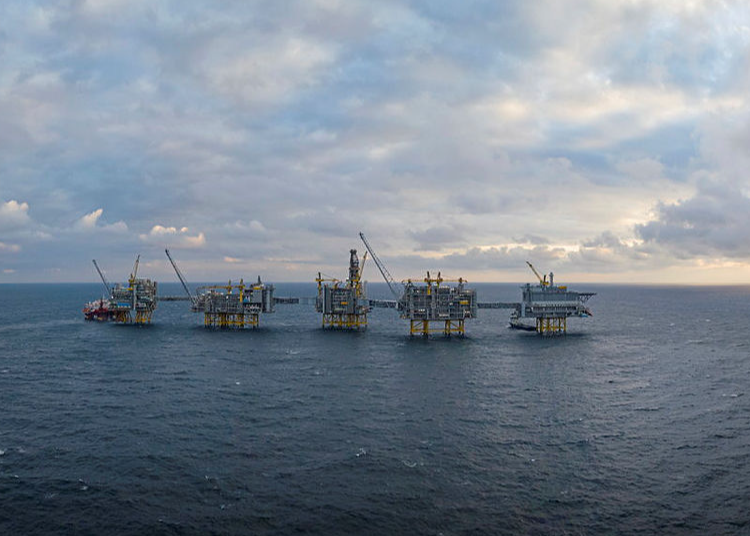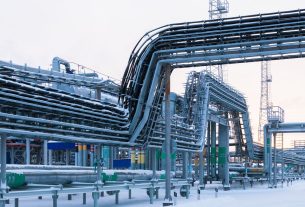Norway – On December 15, Equinor began producing from Johan Sverdrup Phase 2. Every third Norwegian oil barrel will come from this massive field when the Johan Sverdrup field reaches plateau production, which will be crucial for decades to guarantee high and consistent energy supply from Norway.
The Johan Sverdrup field will initially produce 720,000 barrels of oil per day, with the goal of increasing that to 755,000 barrels per day. Thus, Johan Sverdrup can supply 6-7% of the daily oil consumption in Europe on his alone. The Johan Sverdrup field has a total recoverable volume of 2.7 billion barrels of oil equivalent.
A new platform, five new subsea systems, 28 new wells, a new module for the current riser platform, and equipment to transmit power from land to the Utsira High region are all included in the Johan Sverdrup Phase 2 project. Despite the Covid-19 outbreak, the Johan Sverdrup Phase 2 project was completed on schedule, within budget, and according to plan.
The billing location for more than 90% of supplies to Johan Sverdrup Phase 2 is in Norway, and many of the suppliers were also involved in the project’s initial development. The break-even price for Johan Sverdrup’s full-field development is less than USD 15 per barrel.
Power supply
Cables from Haugsneset, located north of Stavanger, bring power from the shore to the Johan Sverdrup field. The Johan Sverdrup field’s first four platforms are currently powered by the first cable. The fifth platform as well as the rest of the Utsire High installations are supplied by the new cable.
Over three years have passed since Johan Sverdrup has been in regular production. The field is expected to produce more than 3,400 person-years of labor annually, and the field’s output has already made a significant contribution to the Norwegian welfare state. Through taxes and direct ownership interests, the state receives 82 percent of the Johan Sverdrup field’s earnings, which are expected to reach roughly NOK 900 billion over the field’s lifetime.




